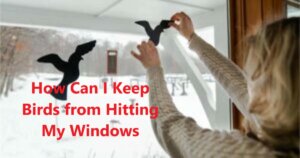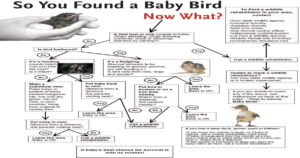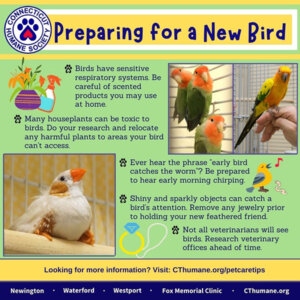How to Feed Wild Baby Birds?
To feed wild baby birds, offer species-appropriate soft food like soaked seeds, insects, or fruit. Use a syringe for feeding and keep them warm and safe.
As a bird lover and pet owner, I’ve always been fascinated by the world of wild birds. Once, I found a tiny, helpless bird on my doorstep, and the experience of caring for it taught me so much. Feeding wild baby birds is a responsibility that requires care and knowledge, and it’s something anyone can do with the right guidance.
This article will walk you through the essentials of feeding wild baby birds, ensuring they stay healthy and safe while under your care.
FAQs on How to Feed Wild Baby Birds
1. What Do Wild Baby Birds Eat?
Wild baby birds depend on their parents for food, which often includes insects, seeds, or fruits. Their diet varies by species:
Insect-eating birds: Small insects like mealworms or boiled egg pieces.
Seed-eating birds: Soaked millet, sunflower seeds, or grains.
Fruit-eating birds: Mashed, soft fruits like bananas or berries.
Avoid feeding bread, milk, or processed foods—they can harm a bird’s delicate digestive system.
2. How Often Should You Feed Wild Baby Birds?
The frequency depends on the bird’s age:
Hatchlings (1-5 days old): Every 15-20 minutes during daylight hours.
Fledglings (older with feathers): Every 2-3 hours.
Baby birds need constant warmth, so keep them in a soft, cloth-lined container with a mild heat source nearby.
3. How to Feed Wild Baby Birds?
1.Prepare Species-Specific Food: Use insect paste, soaked seeds, or fruit depending on the bird.
2. Use Proper Tools: A small syringe or dropper works best.
3. Feed Carefully: Gently place the food at the bird’s beak without forcing it.
4. Maintain Hygiene: Clean the feeding tools after every use to prevent infection.
5. Observe Behaviour: If the bird refuses food, contact a wildlife rehabilitator immediately.
4. How to Keep a Wild Baby Bird Comfortable
Baby birds can’t regulate their temperature. Provide:
A soft, warm cloth in a ventilated box.
A heat source like a warm water bottle (wrapped in cloth).
A quiet, calm environment to reduce stress.
5. Can baby birds eat human food?
No. Stick to their natural diet like insects, seeds, or fruits.
6. What Should You Do After Feeding Wild Baby Birds?
Once the bird gains strength and feathers, gradually allow it to acclimate to its natural surroundings. Place the bird in a safe outdoor space for short periods to encourage its parents to assist with feeding.
7. What if the baby bird doesn’t open its mouth?
Gently tap its beak or consult a wildlife rehabilitator for help.
8. Is it okay to keep the bird as a pet?
No. It’s illegal in many places to keep wild birds as pets.
9. When should I release the bird?
Release it when it can fly, self-feed, and is alert.
Sum Up
Feeding wild baby birds can be a heartwarming experience, but it requires care and responsibility. From offering the right diet to ensuring a safe environment, every step matters for their survival and growth.
If you’ve ever wondered how to help these tiny creatures, I hope this guide has answered your questions.
Remember, their best chance of survival often lies with their parents or a wildlife expert. If you found this article helpful, please share it with others who love birds and nature!
Hello Dear, I'm Poli Kolymnia, owner of many birds (including budgies).
With a deep passion for these feathered companions, I'm here to share my expertise and extensive knowledge on birds care.
My articles cover essential topics like diet, housing, care, and health, providing practical tips to help you create a happy and thriving environment for your birds.






